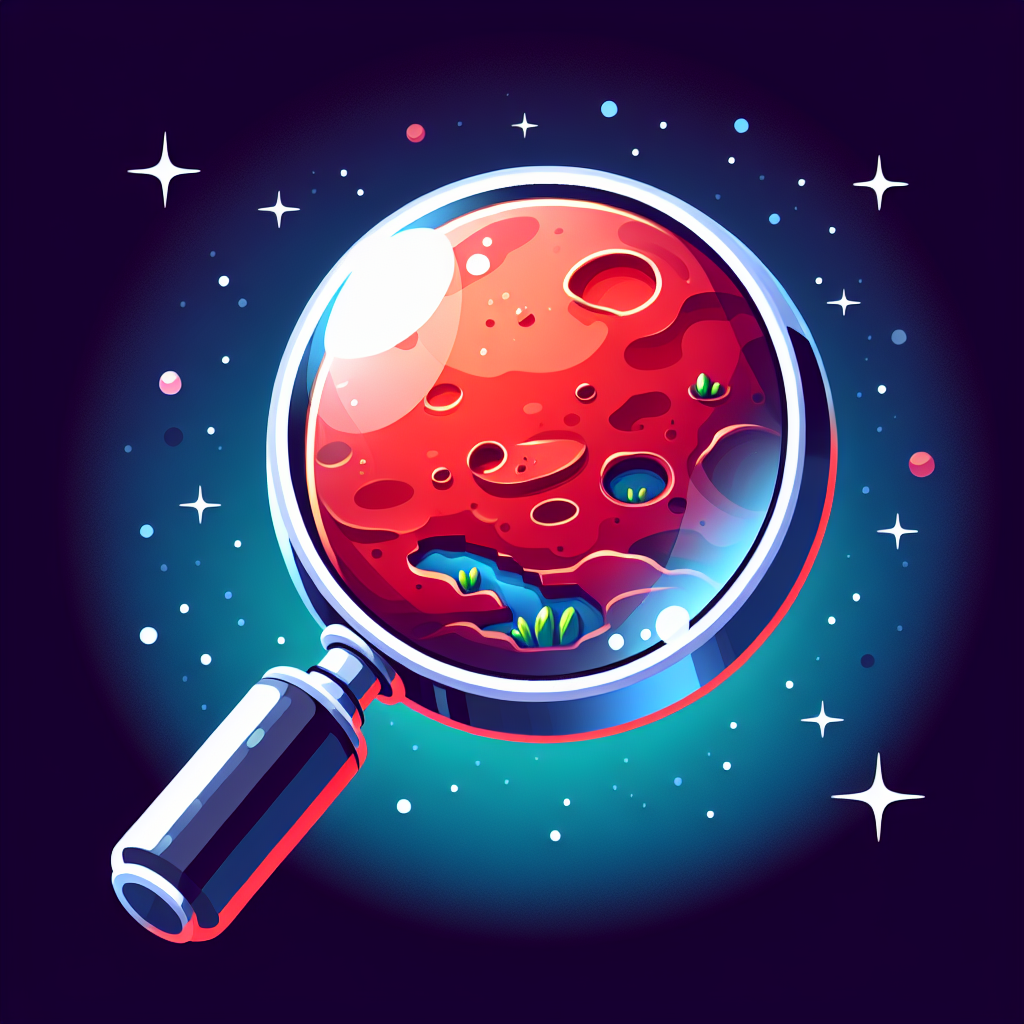
The Enigma of Martian Life
In the quest to uncover the secrets of Mars, scientists have recently unearthed compelling evidence that may point towards the possibility of ancient life on the Red Planet. This discovery has sparked significant intrigue and discussion in the scientific community, as researchers sift through the data collected by various missions and studies.
Leopard-Spot Rocks: A Potential Clue to Martian Microbial Life
The most persuasive evidence of potential ancient life on Mars comes from the discovery of unusual mudstones with black-ringed ‘leopard spots’—features that could be associated with ancient Martian microbes. The rocks, collected by NASA’s Perseverance rover, have been analyzed for their chemical composition, revealing intriguing results that suggest the presence of minerals possibly linked to microbial processes (Nature.)
However, it is essential to note that while these findings are promising, they do not confirm the existence of past life on Mars. NASA scientists emphasize the need for further analysis and sample returns to Earth to validate these indicators ()New York Times.)
A Comprehensive Look at the Evidence
The latest discoveries are part of a broader tapestry of evidence that suggests Mars may have once hosted conditions favorable for life. Previous missions, such as those by NASA’s Curiosity rover, have found large organic molecules on the Martian surface. These molecules, while not direct evidence of life, highlight the complex organic chemistry that once existed on Mars, providing fertile ground for life to potentially take root (NASA JPL.)
Moreover, the discovery of potential biosignatures in Martian mud volcanoes adds to the growing body of evidence that the planet’s geological and chemical processes might have been conducive to life (AGU News.)
Implications for Astrobiology and Future Missions
The possibility of ancient life on Mars holds profound implications for astrobiology and our understanding of life in the universe. If life once existed on Mars, it would suggest that life could emerge in varied environments, broadening the scope of conditions we consider habitable.
Future missions will play a crucial role in this ongoing investigation. The Mars Sample Return campaign is set to bring back samples for detailed analysis, potentially providing definitive proof of past life (BBC News).
Additionally, these findings heighten interest in upcoming explorations of other celestial bodies, such as Europa and Enceladus, where subsurface oceans may also harbor life.
Conclusion
The evidence collected so far offers tantalizing hints about Mars’ past, hinting at a time when life could have thrived on a now barren planet. While the quest to find conclusive proof continues, each discovery strengthens the case for Mars as a once habitable world. As scientists prepare for future missions, the potential of finding life beyond Earth becomes more conceivable, prompting us to ask deeper questions about our place in the cosmos.



